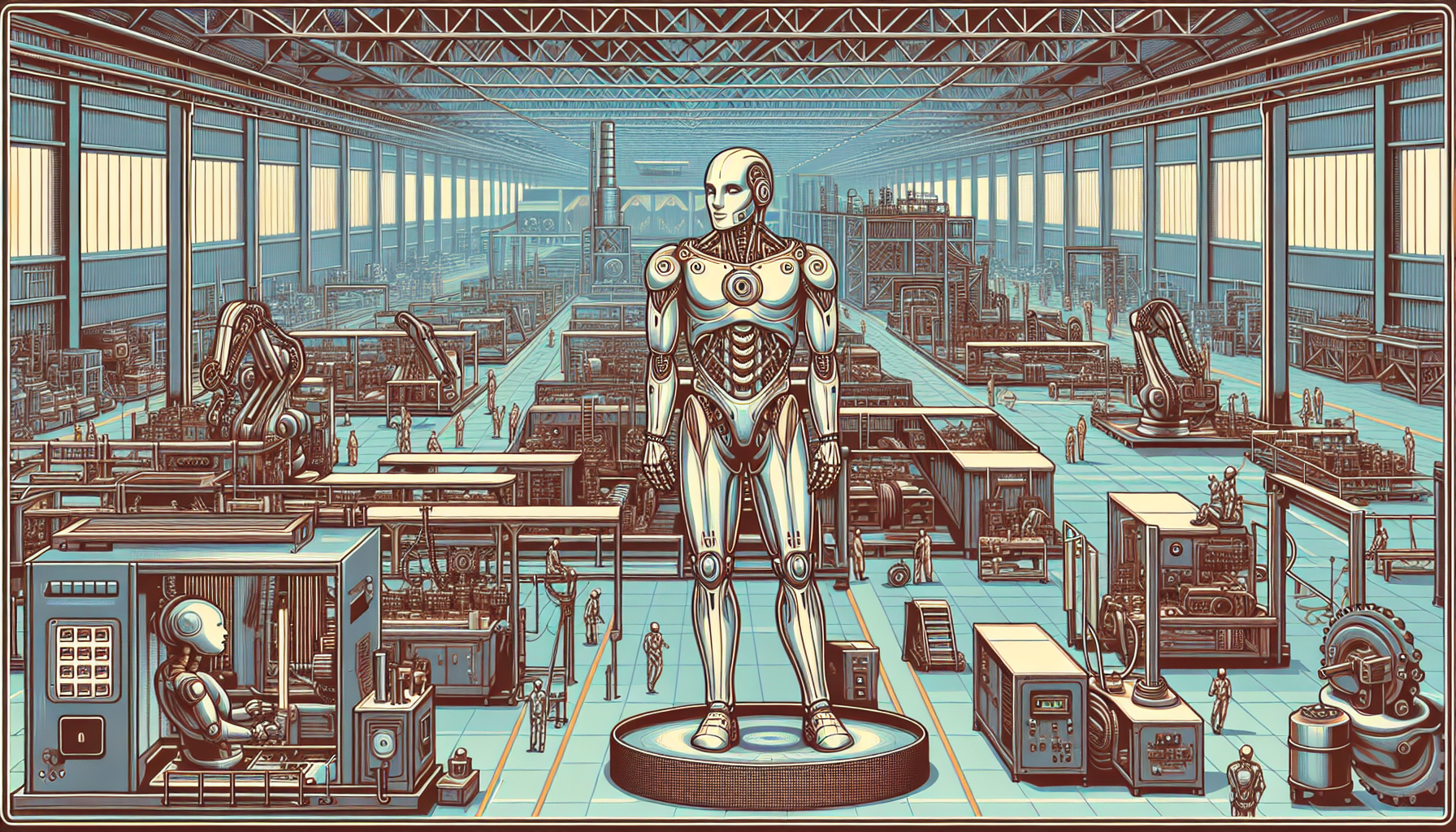Tesla’s Humanoid Robot: A Bold New Chapter
Behind the walls of Tesla’s factories, a new kind of machine is taking shape. Elon Musk, Tesla’s CEO, has shared his vision for Optimus—Tesla’s humanoid robot. If all goes as planned, the world will see advanced Optimus prototypes by the end of 2025, with large-scale manufacturing starting in 2026. Musk believes this robot could shape Tesla’s future more than its famous electric cars, potentially making up most of the company’s value in the years ahead.
Impressive Progress in Robotics
Recent demonstrations have revealed just how far Optimus has come. The robot can walk on its own, handle small and delicate objects, and even sort out battery components on factory lines without much guidance. This is not just remote control—Optimus is learning and making decisions as it goes.
The latest version, called Optimus Gen 3, reportedly handles 80 to 100 household chores every day. It can learn new skills just by watching videos instead of relying on constant human teachers. In the kitchen, Optimus can select ingredients and adjust the stove, showing not just physical ability but clear understanding of tasks—a huge step forward for any robot.
Readiness for Mass Production
Tesla seems almost ready to bring Optimus to many homes and businesses. The design for Optimus V3 is nearly complete. Behind the scenes, Tesla has ordered hundreds of millions of dollars’ worth of key parts from suppliers. One example: a $685 million deal signed with a major Chinese supplier to provide linear actuators, the robot’s “muscles.” There are enough actuators on order to build around 180,000 robots, with deliveries starting early in 2026. This isn’t just for test models—Tesla is aiming for full-scale production.
Ambitious Targets, Real-World Challenges
Tesla leadership dreams of building a “legion” of 5,000 Optimus robots in 2025, and potentially tens of thousands in 2026. But outside experts remain cautious, expecting only a few hundred robots to roll off the lines in the first year. Securing the supply of all required materials is a serious challenge. Recent export restrictions on rare earths and magnets, particularly from China, could slow or limit production. Such materials are vital for the motors that let Optimus move and work, and the global supply chain remains uncertain.
Can Robotics be Affordable?
Elon Musk’s ultimate goal is to make Optimus affordable, with each unit priced around $20,000 to $30,000 once production reaches a large scale. This would put Optimus within reach for many businesses, and possibly even homes, positioning it as a cost-effective alternative to more traditional robots or labor solutions. But to truly succeed, Optimus must prove that it can do real work reliably, for less money in the long run.
This means more than just assembling and selling robots. Tesla must show that Optimus can be counted on in factories, warehouses, shops, and homes for years at a time. Support, maintenance, training, and real-world economics all play a role in making robotics a practical investment for companies and families alike.
A New Frontier in Automation
Should Tesla reach its goals, Optimus could sweep across industries and rewrite what people expect from robots. Logistics companies, manufacturers, retailers, and elder care providers could all benefit from machines that are flexible, autonomous, and smart enough to adapt to changing environments. If Optimus succeeds, Tesla will stand not just as an innovator in electric cars, but as a leader in robotics and artificial intelligence. It would herald a new era where machines and people work side by side in ways never before possible.
In summary, Tesla is on the brink of introducing a next-generation humanoid robot that could change its own destiny—and perhaps much more. The journey is filled with technical, economic, and political challenges, but each step forward for Optimus marks a step toward a future shaped by robotics, both in industry and daily life.

Leave a Reply